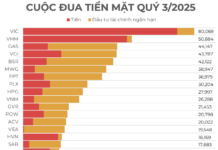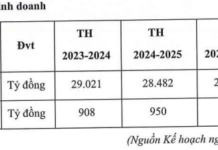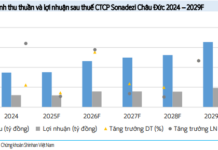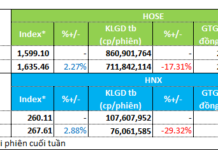Many workers today are employed by a primary company while also collaborating or contracting with other companies to boost their income. However, a common concern arises: how are social insurance (SI) benefits calculated when working for multiple employers simultaneously?

Illustrative image
According to Article 19 of the 2019 Labor Code, employees are entitled to sign multiple labor contracts with different employers. When working under multiple contracts simultaneously, social insurance participation differs from single-contract employment. Here’s a detailed breakdown:
Mandatory Social Insurance Contributions
Under Article 2(1) of the 2024 Social Insurance Law, employees with fixed-term contracts of one month or more are required to participate in social insurance.
For those with multiple employment contracts, contributions are only mandatory under the first signed contract (Article 2(5)(a) of the 2024 Social Insurance Law).
Monthly contributions to the pension and survivor’s fund are calculated as follows:
Contribution = 8% × Monthly Insurable Wage
– Monthly Insurable Wage includes base salary, allowances, and other contract-specified supplements.
– Maximum Monthly Insurable Wage = 20 × Reference Level = VND 46.8 million.
(Article 141(13) of the Social Insurance Law clarifies that until the base salary is abolished, the reference level equals the base salary.)
Work Injury and Occupational Disease Insurance
Under Article 43 of the 2015 Occupational Safety and Health Law, employees with fixed-term contracts of one month or more must participate in work injury and occupational disease insurance.
However, Article 41(2) stipulates that employees are exempt from contributing to this fund; the responsibility lies with the employer.
When holding multiple contracts, each employer contributes to the employee’s work injury and occupational disease insurance based on their respective contracts.
Contribution = 0.5% × Monthly Insurable Wage
– Monthly Insurable Wage includes base salary, allowances, and other contract-specified supplements.
– Maximum Monthly Insurable Wage = 20 × Reference Level = VND 46.8 million.
Unemployment Insurance
Under Article 43 of the 2008 Health Insurance Law and the 2019 Labor Code, employees with fixed-term contracts of three months or more are required to contribute to unemployment insurance.
For those with multiple contracts, contributions are only mandatory under the first signed contract.
Monthly contributions are calculated as:
Contribution = 1% × Monthly Unemployment Insurable Wage
– Monthly Unemployment Insurable Wage is based on the social insurance wage.
– Maximum Monthly Unemployment Insurable Wage = 20 × Regional Minimum Wage.
Health Insurance
Under Article 12 (amended in 2024), employees with fixed-term contracts of one month or more are subject to mandatory health insurance.
According to Article 13, if an employee holds additional contracts of one month or more, contributions are based on the contract with the highest wage.
Monthly contributions are calculated as:
Contribution = 1.5% × Monthly Mandatory Insurable Wage
– Monthly Mandatory Insurable Wage includes base salary, allowances, and other contract-specified supplements.
– Maximum Monthly Insurable Wage = 20 × Reference Level = VND 46.8 million.
Free Health Checkups for the Elderly and Low-Income Individuals Expected by 2026
The Ministry of Health has proposed an initiative to provide free annual health check-ups for the elderly, individuals with disabilities, and those living in poverty or near-poverty conditions, starting from 2026. This ambitious program is estimated to require an annual budget of approximately 6 trillion VND.













































